3-2_Short Paper_Leadership Changes.docx- Snhu
$5.99
3-2_Short Paper_Leadership Changes.docx- Snhu
Leadership Change Introduction When thinking of leadership, we would like to imagine an individual that is well organized, respectful, creative, flexible, authoritative, good listener, etc. We often wish that we can pull the strongest qualities from each of the various leadership styles to create that perfect leader that would guarantee the success we all hope for within our current companies or even within that company we hope to start someday.The most desirable leadership attributes entail authenticity and a style that’s visionary, visible, empowering, approachable, and relational as opposed to being task focused (Shirey, 2017). As we’ve discovered within our current case study, there is a wide range of leadership styles that make up the management team there at Sanderson Soaps company. While some of the leadership styles seem to work within certain departments, such as Anthony’s transformational approach and Margaret’s transactional approach, we can say for sure that it does not benefit the company overall.The other leadership styles displayed by the other managers do not offer a positive light and therefore over shadows Anthony and Margaret leadership approaches.Yet, no one communicates this concern in a manner that it is received or the approach of not dealing with it is taken.
Description
3-2_Short Paper_Leadership Changes.docx- Snhu
Leadership Change Introduction When thinking of leadership, we would like to imagine an individual that is well organized, respectful, creative, flexible, authoritative, good listener, etc. We often wish that we can pull the strongest qualities from each of the various leadership styles to create that perfect leader that would guarantee the success we all hope for within our current companies or even within that company we hope to start someday.The most desirable leadership attributes entail authenticity and a style that’s visionary, visible, empowering, approachable, and relational as opposed to being task focused (Shirey, 2017). As we’ve discovered within our current case study, there is a wide range of leadership styles that make up the management team there at Sanderson Soaps company. While some of the leadership styles seem to work within certain departments, such as Anthony’s transformational approach and Margaret’s transactional approach, we can say for sure that it does not benefit the company overall.The other leadership styles displayed by the other managers do not offer a positive light and therefore over shadows Anthony and Margaret leadership approaches.Yet, no one communicates this concern in a manner that it is received or the approach of not dealing with it is taken.
3-2_Short Paper_Leadership Changes.docx- Snhu
3-2_Short Paper_Leadership Changes.docx- Snhu
It will be a contrast to the current practice of allowing each executive to choose their own departmental values and micro cultures.She will need to take a more active role than she has in the past to ensure that each leader is supportive of the initiative, to assess each of their abilities and skill-sets, and to develop goals and action plans with them individually.Emily will need to work diligently with each leader and the organizational consultant to assess, diagnose, and develop interventions to the current team roadblocks to positive motivation, morale, and productivity.Finally, this should lead into who would best carry on the newly defined culture and values in order to choose her successor.
3-2_Short Paper_Leadership Changes.docx- Snhu
Only logged in customers who have purchased this product may leave a review.

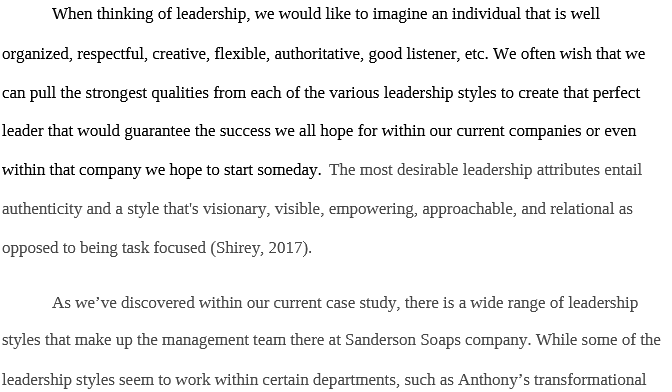
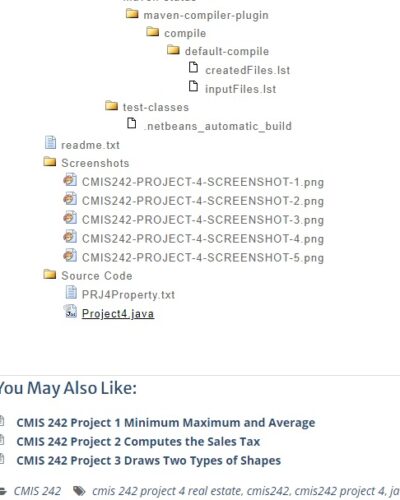
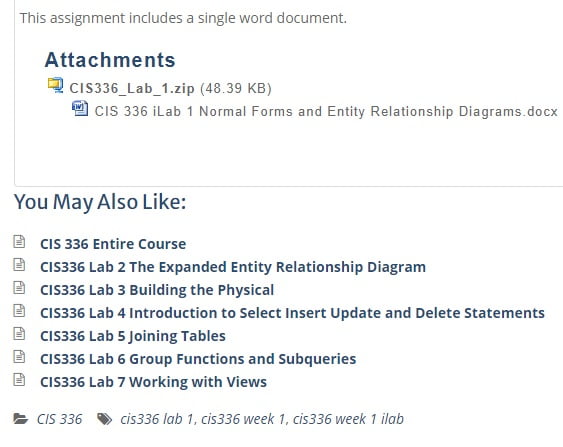
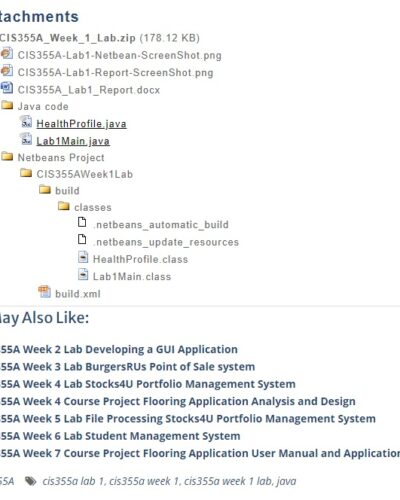

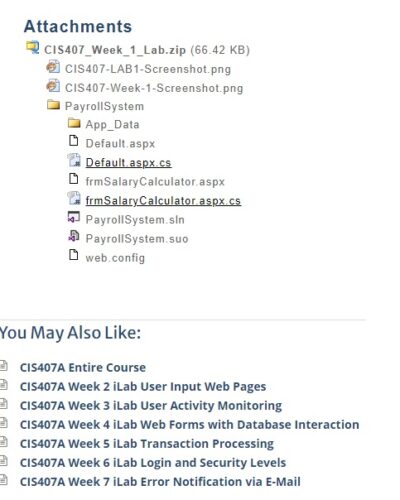
Reviews
There are no reviews yet.